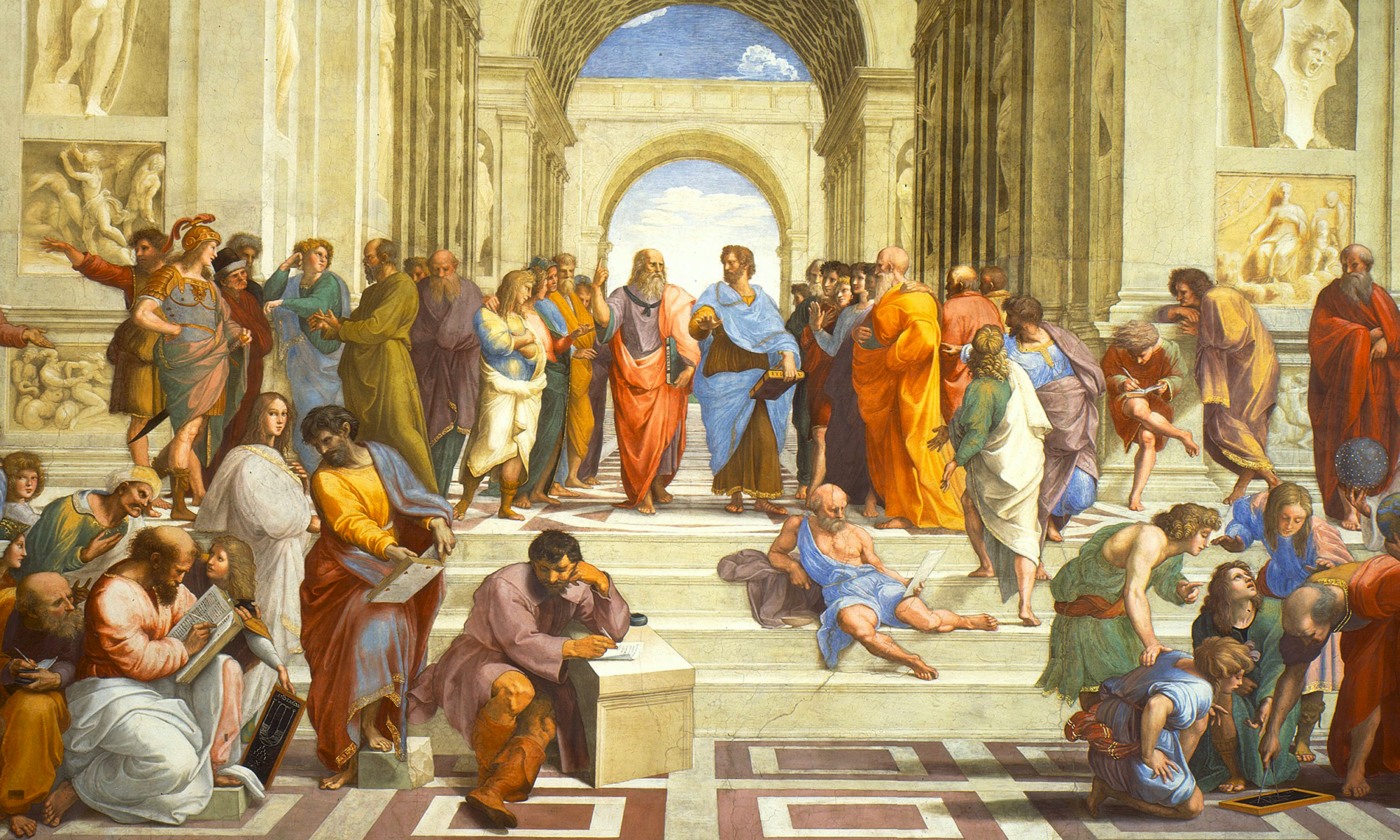 The presentation that Jonathan Robie and I gave at SBL this past Sunday was well received, and discussion afterward was productive.
The presentation that Jonathan Robie and I gave at SBL this past Sunday was well received, and discussion afterward was productive.
Our talk began with a brief discussion of language acquisition theory and it’s practical implementation, then Jonathan gave a brief introduction to the ways we are using queryable databases to support the development of Greek lessons using a communicative approach. In the last ten minutes of our talk I presented a brief Greek lesson taught in Hellenistic Greek.
Here is the plan for that lesson:
Mini-Lesson on Mark 14:22
 Build Background
Build Background
- Place a whole loaf of bread in front of the students (not sliced bread).
- Point to the bread and say: ἄρτος. ἄρτος ἐστίν.
- Ask, τὶ ἐστιν;
- Allow two or three students to answer, then say ναί. ἄρτος ἐστίν.
- Pick up the loaf of bread. Say, κλῶ τὸν ἄρτον and break the bread.
- Ask, τί ἐποίησα;
- Allow two or three students to answer, then say ναί. ἔκλασα τὸν ἄρτον.
As you say ἔκλασα, place your hands against your chest. As you say τὸν ἄρτον point to the bread. Repeat this sequence, but as you say ἔκλασα this time, place your hands against your chest, then mime breaking the bread. - Take one half of the bread in each hand as you say, λαμβάνω τὸν ἄρτον.
- Ask, τί ἐποίησα;
- Allow one or two students to answer, then say, ναί. ἔλαβον τὸν ἄρτον.
- Lift the bread high and look toward heaven as you say, εὐλογῶ τὸν θεόν.
- Ask, τί ἐποίησα;
- Allow two or three students to answer, then say ναί. εὐλόγησα τὸν θεόν. As you say εὐλόγησα raise your hands toward heaven.
- Break off a piece of the bread, say ἐσθίω τὸν ἄρτον, then eat it.
- Ask, τί ἐποίησα;
- Allow one or two students to answer, then say ναί. ἔφαγον τὸν ἄρτον. νῦν ἐσθίω τὸν ἄρτον. Break off another piece of bread and eat it.
- Break the bread into enough pieces for your students, hand each one a piece as you say δίδωμί σοι ἄρτον. Retain one piece of bread for yourself.
- Ask, τί ἐποίησα;
- Allow one or two to answer, then say, ναί. ἔδωκα ὑμῖν ἄρτον.
- Say ἐσθίετε τὸν ἄρτον. Eat the piece you reserved for yourself.
It should not be necessary to teach εἶπεν· λάβετε, τοῦτό ἐστιν τὸ σῶμά μου. It is highly likely that your students will deduce the meaning of this statement from the context of this story plus their own contextual experience in the church. If you have students who lack that experience, however, you may need to add a section dealing with this last sentence.
Read Mark 14:22
Pick up a copy of the Greek New Testament and say, ἀναγινωσκῶμεν τὸν εὐαγγέλιον κατὰ Μάρκον.
Read the text slowly, using gestures to reinforce the connection with the background exercise above.
Mark 14:22 Καὶ ἐσθιόντων αὐτῶν λαβὼν ἄρτον εὐλογήσας ἔκλασεν καὶ ἔδωκεν αὐτοῖς καὶ εἶπεν· λάβετε, τοῦτό ἐστιν τὸ σῶμά μου.
Assess Understanding of the Text (Identify Student Success)
Ask each of the following questions orally. Possible answers are given in parentheses.
- τί ἐποίουν οἱ μαθηταὶ ἐν τῷ λάβειν Ἰησοῦν τὸν ἄρτον;
(ἤσθιον) - τί ἐποίησεν ὁ Ἰησοῦς τῷ ἄρτῳ;
(ἔκλασεν τὸν ἄρτον, εὐλόγησεν τὸν θεόν, ἔδωκεν τὸν ἄρτον τοῖς μαθηταῖς αὐτοῦ) - τί ἐποίησεν πρῶτον ὁ Ἰησοῦς; Hold up your index finger as you say πρῶτον.
(ἔκλασεν τὸν ἄρτον) - τί ἐποίησεν δεύτερον; Hold up two fingers as you say δεύτερον.
(εὐλόγησεν τὸν θεόν) - τί ἐποίησεν ἔσχατον ὁ Ἰησοῦς;
(ἔδωκεν τὸν ἄρτον τοῖς μαθηταῖς αὐτοῦ) - τί εἶπεν ὁ Ἰησοῦς τοῖς μαθηταῖς αὐτοῦ;
(λάβετε, τοῦτό ἐστιν τὸ σῶμά μου.)
Hand out copies of what is printed below the horizontal line below, and say, γράψαντες ἀποκρίθητε ἕκαστον ἐρώτημα.
Comprehension Questions on Mark 14:22
Mark 14:22 Καὶ ἐσθιόντων αὐτῶν λαβὼν ἄρτον εὐλογήσας ἔκλασεν καὶ ἔδωκεν αὐτοῖς καὶ εἶπεν· λάβετε, τοῦτό ἐστιν τὸ σῶμά μου.
Γράψας ἀποκρίθητι ἕκαστον ἐρώτημα.
- τί ἐποίουν τοὺς μαθητὰς ἐν τῷ λάβειν Ἰησοῦν τὸν ἄρτον;
- τί ἐποίησεν ὁ Ἰησοῦς τῷ ἄρτῳ;
- τί ἐποίησεν πρῶτον ὁ Ἰησοῦς;
- τί ἐποίησεν δεύτερον ὁ Ἰησοῦς;
- τί ἐποίησεν ἔσχατον ὁ Ἰησοῦς;
- τί εἶπεν ὁ Ἰησοῦς τοῖς μαθηταῖς αὐτοῦ;
As the students write answers to these questions, circulate among them offering support. This exercise should NOT be used as a test. It is a learning exercise. Give students advice on how to improve their responses. Make sure your comments do not sound judgmental, but also do not offer false praise when students’ writing is poor. Your comments should be supportive while pushing students to do better.
If you have any comments on this lesson, feel free to post them. If you were at SBL in the session where this was presented, I’d love to hear your feedback on that as well.




